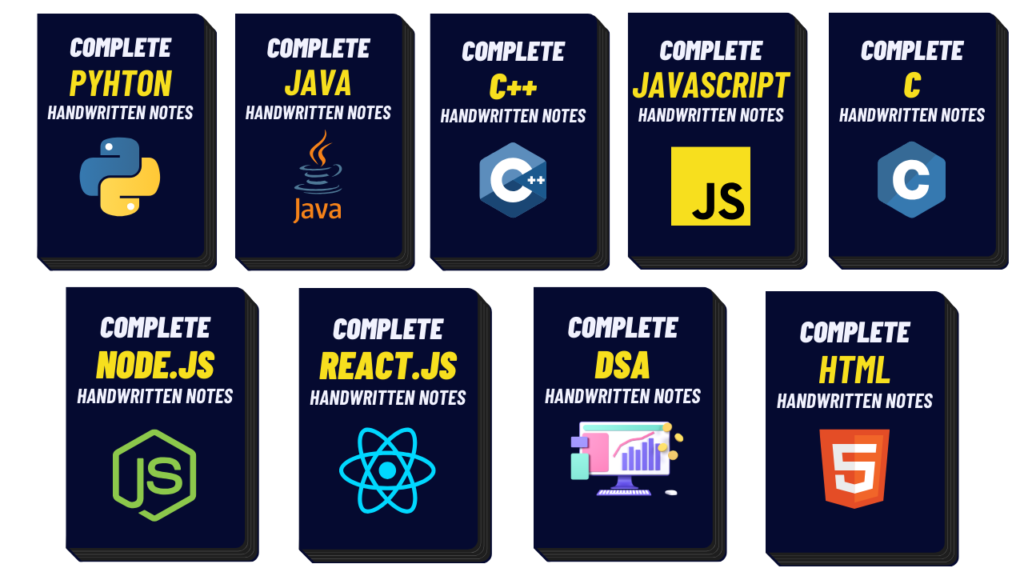Resume Analyzer using Python With Source Code

Introduction :
Organizations certainly get a bulk of resumes against each job posting in this rather competitive job market. Screening these resumes manually to pick up the most suitable candidate is indeed time-consuming and drudgery. Here’s where a Resume Analyzer fits into the scheme of things. It will then be able to apply advanced algorithms and parsing techniques to the unstructured information available in a resume to structure it. These will help find the right candidate, reducing the time of the recruiter more effectively. In this post, we’re going to dive into what a Resume Analyzer is, what an advantage one has, exactly what technology’s running it, and how to build onein Python
Explanation :
Language & Interface :
The project is developed in Python. For this work, a web interface is needed, developed with the Flask framework, which offers an opportunity to upload a PDF résumé for content analysis.
What is a Resume Analyzer?
It is designed to analyze a resume and then process the data for restructuring. The tool will use a couple of techniques to scan a resume in order to mine data, such as the applicant’s name, contact details, educational background, skills, and work experience, and restructure this data into the predefined template. Speedier decisions based on data can be made by scanning quickly over applicants’ qualification overviews
The Need for a Resume Analyzer :
The traditional process of scanning resumes manually is wrapped with a number of challenges. This includes going through each resume and screening it as thoroughly as possible; quite tiring and leaves room for errors. Some of the considerable cons for this process include:
Time-Consuming: Manually screening through hundreds, and even thousands, of résumés is a very demanding process.
Human Error: Considering that the amount of resumes received, chances are, that more qualified candidates are being passed over.
Inconsistent Review: Different recruiters may scan one resume and score it in a different way,
leading to inconsistent recruitment. The resume analyzer should bring uniformity and reliability to the process of screening a resume under the above-mentioned challenges.
How Does a Resume Analyzer Work?
The Resume Analyzer combines Natural Language Processing, Machine Learning Algorithms, and Data Parsing Techniques. The following is how the tool works step by step:
1. Resume Upload: Applicants then uploaded a résumé in one of the available formats such as PDF or Word.
2. Parsing Resumes: The data in that CV, applying NLP, needs parsing of all details related to personal information, educational background, working experience, and much more.
3. Data Structuring: It organizes this information for some predefined format for further analysis needs.
4. Scoring and Recommendations: It could further score the resume against criteria, such as job fit or skill match, and recommend where there is inadequate information to back up additional skills or certifications.
5. Admin Dashboard: It also provided an admin dashboard to the recruiters with all the parsed resumes, in a tabular form, having the facility to filter candidates on various parameters and download data for deep dives.
Benefits and Highlights of a Resume Analyzer
An organization’s recruitment process is definitely gifted with a number of advantages and characteristics by means of a Resume Analyzer. Some of these are:
Effective Screening: Quickly screen resumes to ensure that only the most qualified applicants engage a recruiter’s time.
Accurate Data Extraction: It ensures the extraction and organization of critical information with a high degree of precision because the machine learning algorithms integrate NLP.
Real-Time Predictions: The tool is capable of real-time prediction and suggestion, supporting the enhancement of an applicant’s resume.
Customizable: Depending upon the organization’s needs, a few of the basic ones include tracking resumes with respect to job roles and, furthermore, filtering candidates based on skill
levels
Data Visualization: Admin Dashboard is designed with pie charts, where relevant data can be visualized and represented. It represents information on how many people are getting which predicted job roles according to their experience level and skills.
Activity Tracking: Activity tracking is going to help keep and process reports about user activities—for example, days or months that received the most resume submissions.
Step-by-Step Guide to Building a Resume Analyzer Using Python
Now as we know what the merits of a Resume Analyzer portray, now let’s see how one can create one using Python. We summarise below the requirements in terms of tools, libraries, and the
Steps to get you started.
Tools and Technologies:
Programming Language: Python 3
Frontend & Backend: Managed by Streamlit
Database: MySQL
Libraries: Pandas, Base64, Numpy, PyResparser, PdfMiner, Plotly
Step 1: Setting Up the Environment
Before starting , ensure that you have Python installed on your system. You’ll also need to install the required libraries. Open your terminal and run the following commands:
pip install pandas base64 numpy pyresparser pdfminer.six plotly streamlit mysql-connector-python
Step 2: Create the Database
Once you’re logged into MySQL, you can create a database for your project. Type the following
commands:
1. Create the Database:
CREATE DATABASE resume_analyzer;
This command creates a new database called resume_analyzer.
2. Use the Database:
USE resume_analyzer;
This command tells MySQL that you want to work within the resume_analyzer database you just created
3. Create the Table
Now, you will create a table to store the resume data.
Create the resumes Table
CREATE TABLE resumes (
id INT AUTO_INCREMENT PRIMARY KEY,
name VARCHAR(255),
email VARCHAR(255),
skills TEXT,
experience VARCHAR(255),
education TEXT
)
This command creates a table called resumes with the following columns:
id: A unique identifier for each resume, which automatically increments.
name: The name of the individual.
email: The email address of the individual.
skills: A text field to store the list of skills.
experience: The number of years of experience.
education: A text field to store the individual’s educational background.
4: Verify the Table Creation
To make sure the table was created successfully, you can run the following command
DESCRIBE resumes;
Actual Database will look like this

Step 3: Write the Code:
Open your favorite code editor and write the following Python script
# resume_analyzer.py
import base64
import mysql.connector
import pandas as pd
import streamlit as st
from pyresparser import ResumeParser
import nltk
nltk.download('stopwords')
def parse_resume(file_path):
data = ResumeParser(file_path).get_extracted_data()
return data
def structure_data(resume_data):
df = pd.DataFrame([resume_data])
return df
def store_data_in_mysql(data):
connection = mysql.connector.connect(
host="localhost", # Change if your MySQL server is hosted elsewhere
user="root", # Replace with your MySQL username
password="123root", # Replace with your MySQL password
database="resume_analyzer" # Ensure this matches your created database
)
cursor = connection.cursor()
cursor.execute("""
INSERT INTO resumes (name, email, skills, experience, education)
VALUES (%s, %s, %s, %s, %s)
""", (data['name'], data['email'], data['skills'],
data['total_experience'], data['education']))
connection.commit()
cursor.close()
connection.close()
def create_dashboard(structured_data):
st.title("Resume Analyzer Admin Dashboard")
st.write("Parsed Resumes")
st.table(structured_data)
if __name__ == "__main__":
# Example usage
resume_data = parse_resume('sample_resume.pdf')
structured_data = structure_data(resume_data)
store_data_in_mysql(resume_data)
create_dashboard(structured_data)
Step 4: Running the Application
To run the Streamlit application, navigate to your project directory in the terminal and execute the following command:
streamlit run your_script_name.py
note: use you own script name instead of you_script_name.py.
This will open a local web server where you can use the Resume Analyzer tool.
Conclusion :
A Resume Analyzer remains the fulcrum of any modern recruitment process. Not just saving man hours, it ensures that at least the most meritorious of candidates get noticed in lesser time. Get going with the steps elaborated inside this blog to make yourself a Resume Analyzer using Python, Streamlit, and MySQL. It can be designed so that it should save substantive time in screening resumes and easily zero in on a perfect fit for an organization’s job opening. This article introduces the Resume Analyzer, a comprehensive solution designed for both applicants and recruiters. It provides feedback and insightful recommendations for an applicant, whereas, on the recruiter side, the resume data can be handled and analyzed efficiently. More such tools are expected in the future for the evolving employment marketplace.
Find More Projects
Build a Quiz Game Using HTML CSS and JavaScript Introduction Hello coders, you might have played various games, but were you aware …
Emoji Catcher Game Using HTML CSS and JavaScript Introduction Hello Coders, Welcome to another new blog. In this article we’ve made a …
Typing Challenge Using HTML CSS and JavaScript Introduction Hello friends, all you developer friends are welcome to our new project. If you …
Breakout Game Using HTML CSS and JavaScript With Source Code Introduction Hello friends, welcome to today’s new blog post. All of you …
Digital and Analog Clock using HTML CSS and JavaScript Introduction : This project is a digital clock and stopwatch system, which allows …
Coffee Shop Website using HTML, CSS & JavaScript Introduction : This project is a website for coffee house business. It uses HTML …












